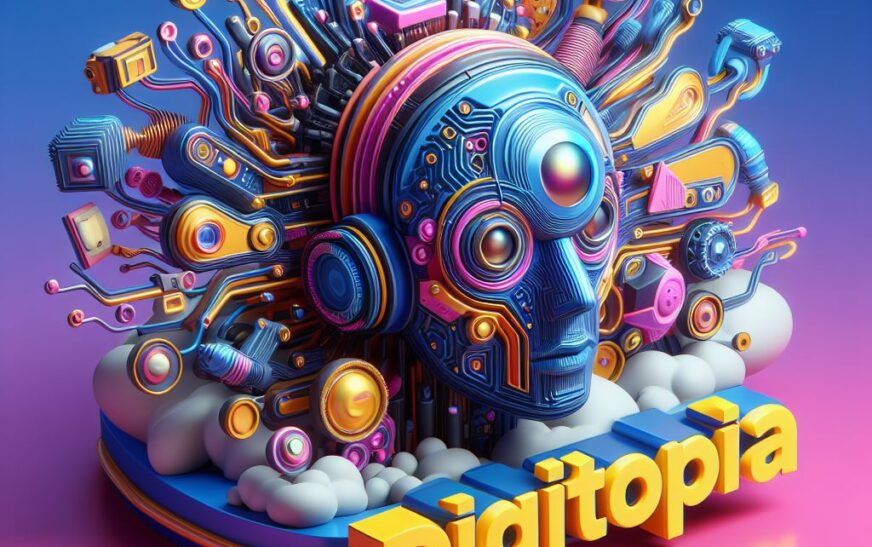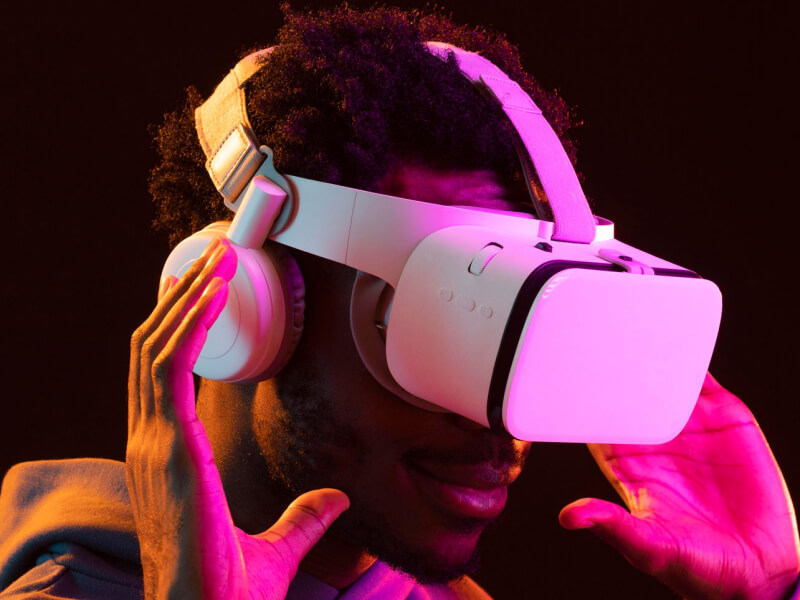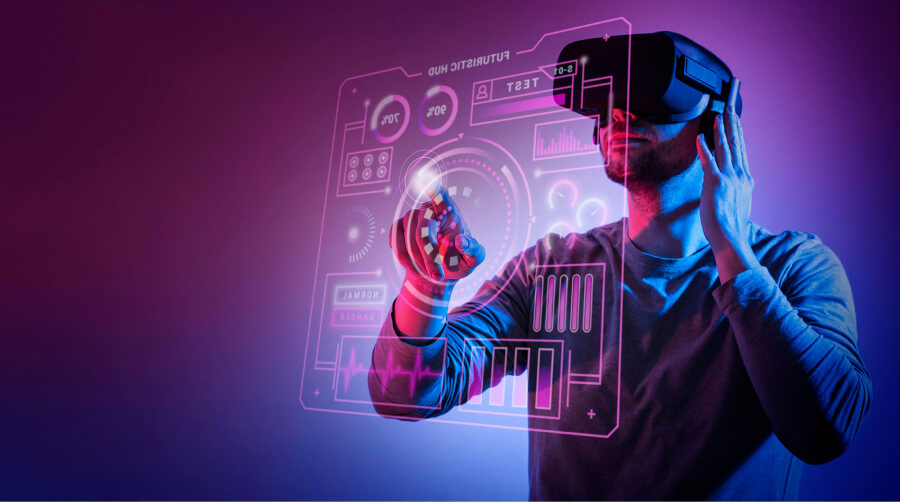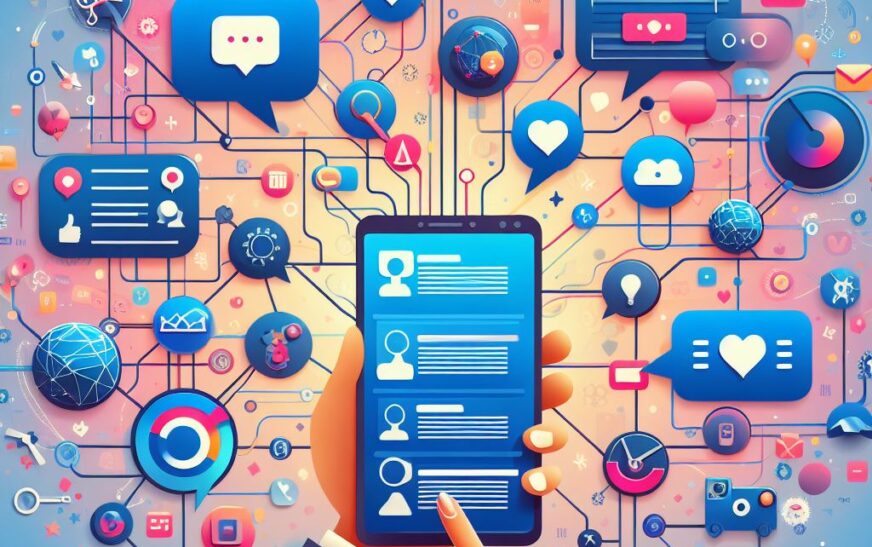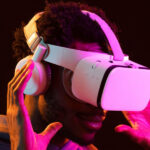In the realm of technology, Artificial Intelligence (AI) has not only transformed the way we work and communicate but has also made its mark in the creative sphere. AI-generated images and art, produced by advanced algorithms and deep learning models, are redefining the boundaries of creativity, sparking new conversations about the intersection of technology and artistic expression.
One of the fascinating aspects of AI-generated images is the ability to create visuals that blur the line between reality and imagination. Generative models, such as Generative Adversarial Networks (GANs), are trained on vast datasets of images to learn patterns and styles. As a result, these algorithms can produce original and often surreal images that challenge traditional notions of artistry. Artists and creators are now leveraging these tools to explore uncharted territories, generating visuals that captivate audiences and ignite the imagination.
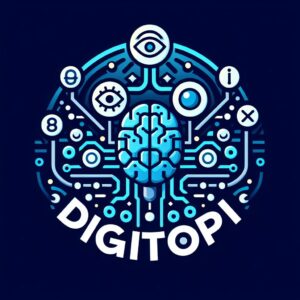
The democratization of art is another significant impact of AI-generated images. With AI tools at their disposal, individuals with limited artistic training can now generate compelling visuals. This accessibility not only empowers budding artists but also diversifies the creative landscape by introducing new voices and perspectives. AI becomes a collaborator, enabling a broader range of people to express themselves visually.
Furthermore, AI-generated art is pushing the boundaries of what is considered “possible” or “real.” DeepDream, a neural network developed by Google, is a prime example. It takes ordinary images and transforms them into dreamlike, psychedelic compositions by accentuating patterns it identifies. This surrealistic approach challenges conventional aesthetics and invites viewers to question preconceived notions of beauty and composition.
The interplay between human creativity and machine learning is a dynamic conversation in the art world. Some artists collaborate with AI tools, using them as co-creators in the artistic process. These collaborations yield unique works that showcase the synergy between human intuition and machine precision. The result is a fusion of artistic expression and algorithmic ingenuity.
However, the rise of AI-generated art also raises questions about authorship and originality. As algorithms autonomously create visuals, the traditional concept of the artist as the sole creator is disrupted. Debates around ownership, copyright, and attribution emerge, challenging existing frameworks in the art industry. These discussions prompt a reevaluation of the role of the artist in the age of AI.
In conclusion, AI-generated images and art represent a frontier where technology and creativity converge. These visuals challenge our perceptions, democratize artistic expression, and spark conversations about the evolving nature of art in the digital age. As AI continues to evolve, the artistic landscape will undoubtedly witness further transformations, pushing the boundaries of what is conceivable and inviting us to reimagine the very essence of creativity.

